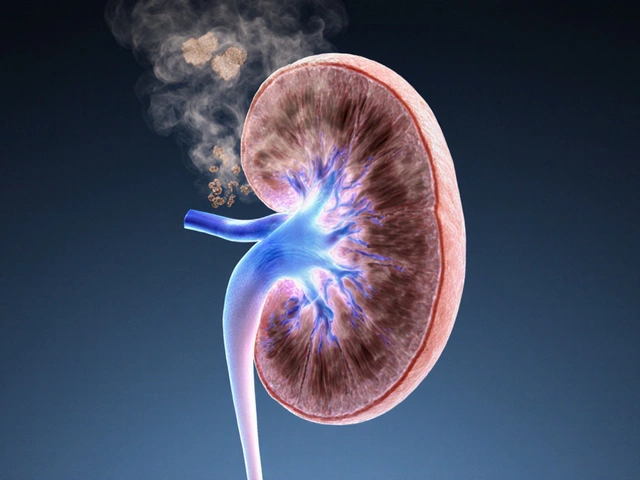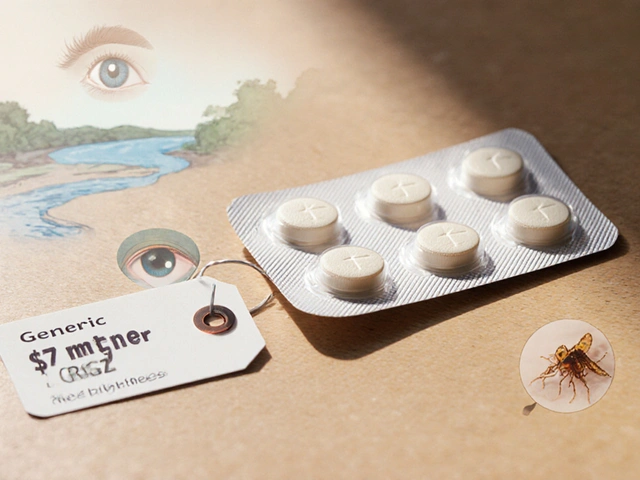Fluorouracil Side Effects: What You Need to Know
Fluorouracil (5‑FU) is a chemotherapy drug used for many cancers, but it can bring a mix of reactions. Knowing which symptoms are typical helps you spot problems early and talk to your doctor before they get worse. Below you’ll find the most frequent side effects and easy ways to make them more bearable.
Common Side Effects
Most patients notice skin changes, mouth sores, and fatigue. Your skin may turn red, feel hot, or develop a rash, especially on the face and hands. These reactions happen because 5‑FU affects fast‑growing cells, and skin cells are among the fastest.
Mouth and throat can get sore, raw, or develop small ulcers. This can make eating and drinking uncomfortable. Look for a burning feeling, especially after a few days of treatment.
Gut issues are also common. You might feel nausea, lose appetite, or have loose stools. Diarrhea can be mild or, in rare cases, severe. Keep an eye on any sudden changes in bowel habits.
Blood counts often dip during therapy. Low white blood cells raise infection risk, while low platelets can cause easy bruising. If you notice fever, chills, or bleeding gums, call your healthcare team right away.
Fatigue is a daily companion for many on fluorouracil. It’s not just being tired; it’s a deeper lack of energy that doesn’t improve with rest. It usually peaks midway through a cycle and eases after the next dose.
Tips to Reduce Discomfort
Keep skin clean and moisturized. Use gentle, fragrance‑free soaps and apply a thick, hypoallergenic cream after bathing. If a rash appears, ask your doctor about a low‑dose steroid or topical ointment.
For mouth sores, rinse with a bland salt‑water solution several times a day and avoid spicy, acidic foods. Soft, cool foods like yogurt, oatmeal, or mashed potatoes can reduce irritation.
Stay hydrated. Drinking plenty of water and clear broths helps thin stool and eases nausea. If fluids are hard to keep down, sip small amounts frequently rather than large glasses at once.
Talk to your doctor about anti‑nausea meds before treatment starts. These drugs work best when taken before symptoms begin.
When blood counts drop, practice good hand hygiene, avoid crowds, and wear a mask if you’re around ill people. Your doctor may adjust the dose or schedule to give your marrow a break.
Rest when you feel it, but also keep moving a bit each day. Light walks or gentle stretching can boost energy and reduce stiffness.
Finally, keep a symptom diary. Write down when each side effect starts, how severe it feels, and what you tried to ease it. This record gives your oncologist clear data to tweak treatment for you.
Fluorouracil can be tough, but with the right tricks you can stay in control and focus on beating cancer. Always share any new or worsening symptoms with your care team – they’re there to help you get through each cycle safely.

Fluorouracil Clinical Trials: In‑Depth Review of Efficacy, Safety, and Future Directions
A detailed, expert‑level review of fluorouracil clinical trials covering mechanisms, key study results, dosing strategies, safety management, and emerging research.




